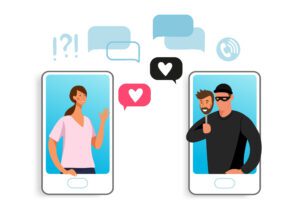Owning your identity, both digitally and in the physical world, is a human right. Yet many struggle with proving their identity: In the United States, 12% of individuals with household income under $25,000 don’t have a government-issued photo ID and, when race and ethnicity is considered, the trend is clear — while only 5% of whites Americans don’t have a recognized ID, that number is 13% for blacks and 12% for Hispanics.
Why is Proving your Identity Important?
Having recognized identification documents is important for several reasons. To begin with, federal law requires employers to verify the identity of new hires to make sure they are eligible to work in the United States. To prove eligibility for employment, you may be required to show a passport, permanent resident card, driver license, or another form of government-issued ID. To access government services, from food stamps to voting, photo ID is required, and the same is true of housing and many transportation services. In particular, the IRS requires certain documents to verify identity. Without a recognized ID document, poor people struggle to find employment and cannot access needed services.
ID Document Challenges
For most people, replacing an ID card, including a lost driver’s license or passport is an inconvenience but not a test of high-stakes endurance or resourcefulness. Many don’t have access to the primary documents required for photo ID, like a state-issued birth certificate, Social Security card, or even an expired driver’s license or non-driver ID. Secondary documents, like high school records or an insurance card, are no longer sufficient proof of identity, based on the REAL ID law that was enacted in 2014. Some requirements, like a lease, mortgage, recent utility bill, credit card, or loan statement can be biased towards those with wealth and may further restrict access to government-issued ID documents. Compounding this issue is the cost of government-issued documents — a U.S. passport cost $165 today and a state ID card or driver’s license can top $50.
Digital Identity for All
Digital identity solutions don’t entirely replace the need for physical documents, but they do offer a path forward, particularly in light of the increasing digital migration of services. Dentity provides digital identity ownership to anyone, even those with non-traditional identity documents. By creating a free account with Dentity, consumers get access to a digital wallet to store their digital identity documents, which can provide critical access to services. Moreover, it gives consumers a way to prove their identity, both digitally and offline, using only their mobile phone. Digital identity services like Dentity could provide a path forward for many who don’t have access to traditional identity documents. For many, it could be a lifeline to critical services.








